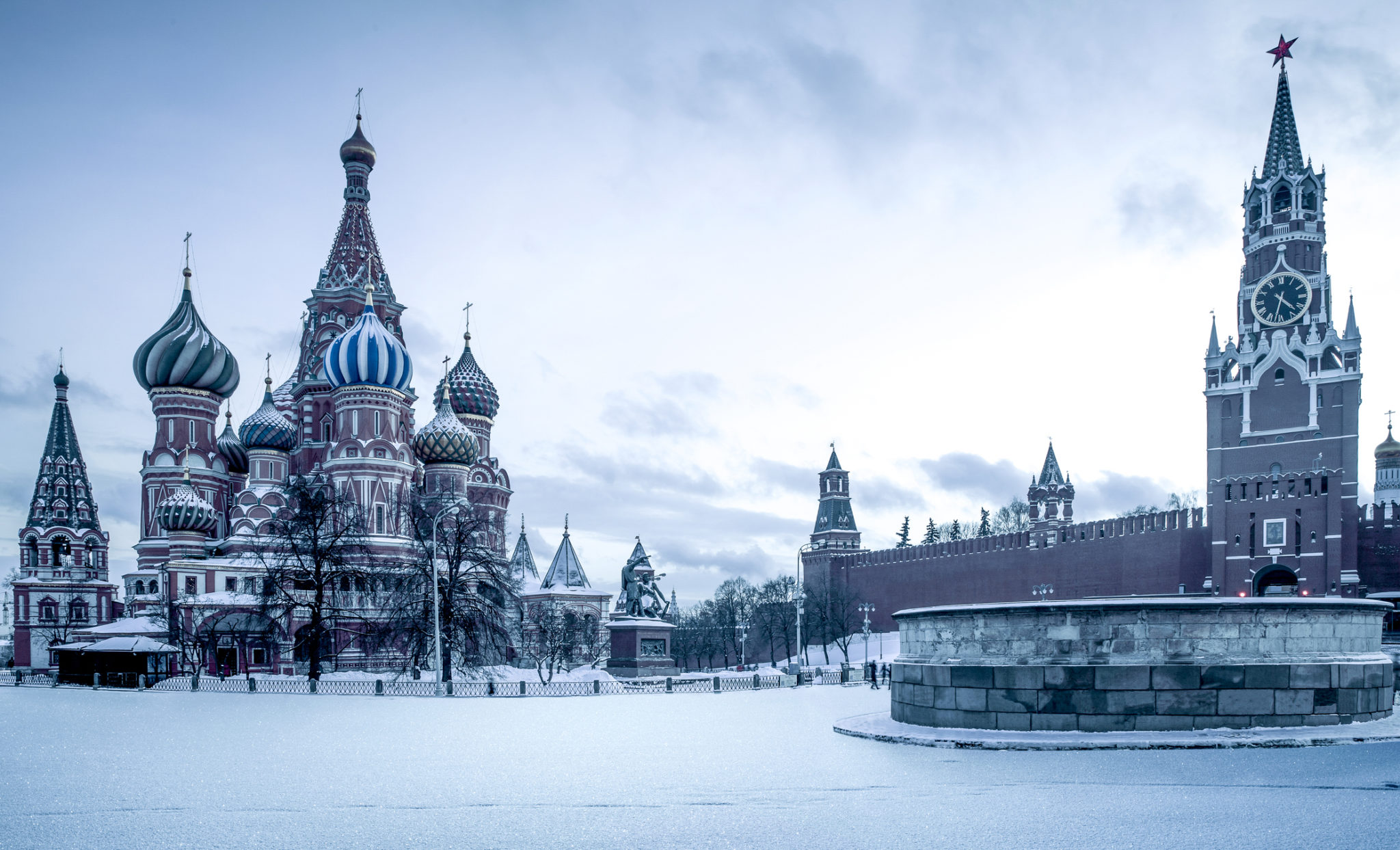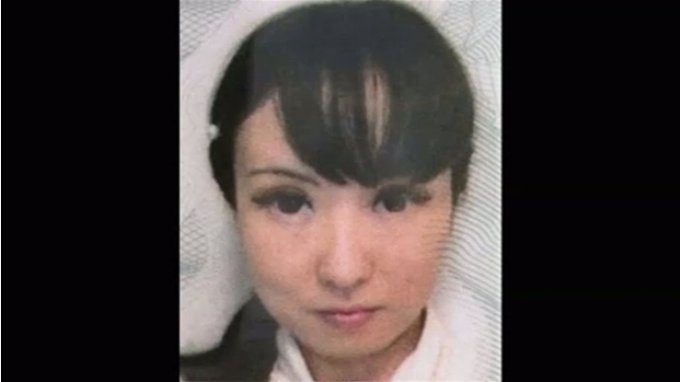[ad_1]
In a rare joint statement, the United States, China, Russia, Britain and France have reaffirmed their goal of creating a world free of atomic weapons and avoiding nuclear conflict.
The five signatories agreed that a nuclear war cannot be won and must never be fought.
The statement, published by the Kremlin’s website, China’s Foreign Ministry, the office of UK’s Prime Minister Boris Johnson, the White House and the Elysee, seat of French President Emmanuel Macron, says nuclear weapons should serve defensive purposes, deter aggression and prevent war, as nuclear use would have far-reaching consequences.
The five stressed the importance of non-proliferation, disarmament, as well as arms-control agreements and commitments.
US nuclear weapons ended the conflict in 1945 with detonations over Hiroshima and Nagasaki in Japan; the USSR tested its first nuclear device in 1949, the UK in 1952, France in 1960 and China in 1964.
The five countries, all permanent members of the United Nations Security Council, stated they will remain committed to their Nuclear Non-Proliferation Treaty (NPT) obligations.
The statement was designed to coincide with the opening of a UN conference on disarmament, but the meeting has been postponed because of a surge in Covid-19 cases.
No word on testing
A crucial element left out is the issue of nuclear tests, which shows the division between the signatories.
The US and China signed but did not ratify the UN’s Comprehensive Nuclear Test Ban Treaty (CNTB) while France and the UK both ratified the agreement in 1998, and Russia in 2000.
According to the CNTBO, the US conducted 1,032 tests between 1945-1992, the USSR 715, followed by France (210), the UK (45) and China (45).
All the tests have been plotted by Japanese artist Isao Hashimoto on a time-lapse world map of the locations of all nuclear explosions from 1945-1998, which has been published by the CNTBO.
Where are the weapons?
India and Pakistan both conducted two tests in 1998, and North Korea said it conducted six tests between 2006 and 2017.
According to the Arms Control Association, there are some 13,080 nuclear warheads in the world, with the US and Russia controlling 90 percent of them.
The majority – 9,600 of them – are in service, with the rest awaiting to be dismantled.
Negotiations on nuclear disarmament may prove difficult. In November 2021, the US Defense Department said in a report that China is expanding its nuclear force more rapidly than predicted and could have more than 1,000 warheads by 2030.
China strongly denies the allegations.
On Tuesday, Fu Cong, director general of the Foreign Ministry’s arms control department countered that Beijing would be happy to reduce its arsenal if others cut their own.
“The two superpowers need to… drastically reduce their nuclear capabilities to a level comparable to the level of China, and for that matter to the level of France and the UK, so that other nuclear states can join in this process,” he said.
The statement was issued at a time of increasing tensions between the US and Russia over Russia’s military build-up along the border of Ukraine – triggered by Moscow’s anger over Washington’s and Nato’s expansion into what Moscow sees at its sphere of influence.
In the Pacific, China is pushing back against the US’s massive military presence in the region in the form of dozens of military bases in Japan and South Korea, while Washington is wary of Beijing’s growing military assertiveness in the South China Sea.
Originally published on RFI
[ad_2]
Source link




















